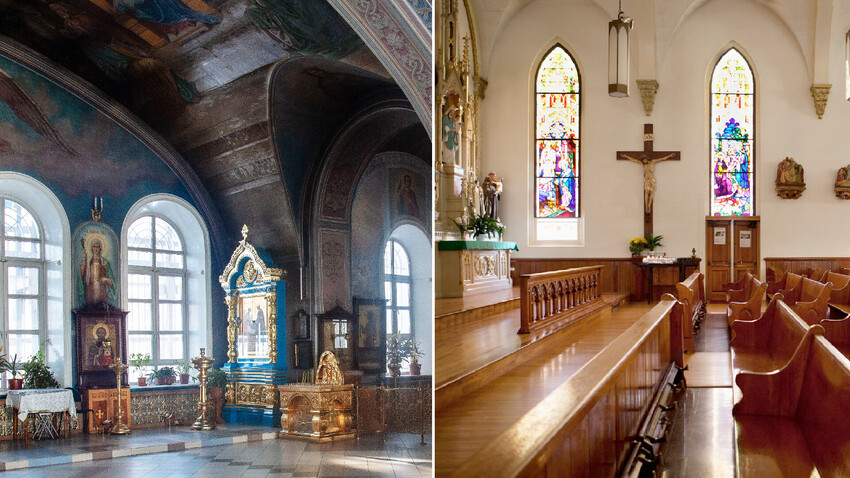Unraveling the Distinctive Features: A Comprehensive Exploration of the Main Differences Between the Catholic Church and the Orthodox Church
The Catholic Church and the Orthodox Church are two major branches of Christianity, each with its own distinct practices, beliefs, and doctrines. While both share a common history and many fundamental beliefs, they have been divided since the Great Schism of 1054. In this article, we will explore the main differences between these two branches of Christianity, delving into their theological, liturgical, and structural disparities.
1. The Great Schism: A Divisive Turning Point
The Great Schism, also known as the East-West Schism, was a significant event in Christian history that led to the permanent division between the Catholic and Orthodox Churches. This schism, which occurred in 1054, was the culmination of centuries of theological disagreements and political tensions between the Eastern and Western Churches.
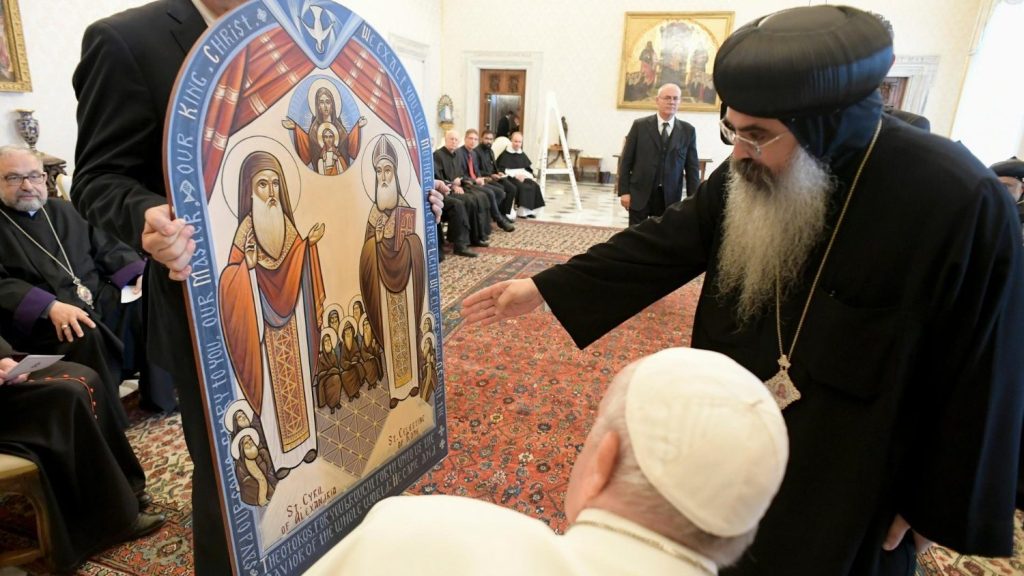
The primary cause of the Great Schism was the profound theological differences that had been brewing between the two branches. These differences included disagreements over the Filioque clause, the use of leavened or unleavened bread in the Eucharist, the role of icons in worship, and the authority of the Pope. These theological disputes eventually led to a rupture that divided Christianity into two distinct entities.
2. The Filioque Controversy: A Point of Division
One of the major points of contention between the Catholic and Orthodox Churches is the Filioque controversy. The Catholic Church teaches that the Holy Spirit proceeds from both the Father and the Son (Filioque), while the Orthodox Church insists that the Holy Spirit proceeds from the Father alone.
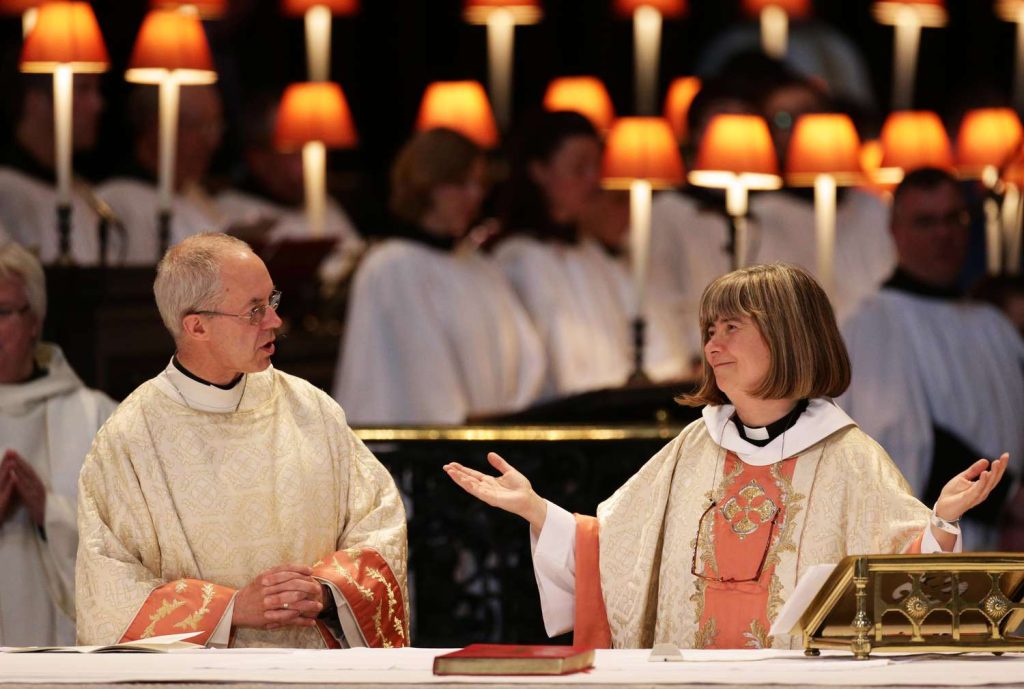
The addition of the Filioque clause to the Nicene-Constantinopolitan Creed was a major source of disagreement between the two branches. The Catholic Church argues that this addition clarifies the relationship between the Trinity’s persons, emphasizing the full divinity and equality of the Son with the Father. However, the Orthodox Church sees it as a unilateral act by the Western Church, violating the consensual decision-making process that should guide the Church’s doctrine.
3. Purgatory: A Conceptual Difference
The concept of purgatory is another area of divergence between the Catholic and Orthodox Churches. According to Catholic doctrine, purgatory is a state or place where repentant souls are purified before entering heaven. The living can aid this purification through prayers and offerings.
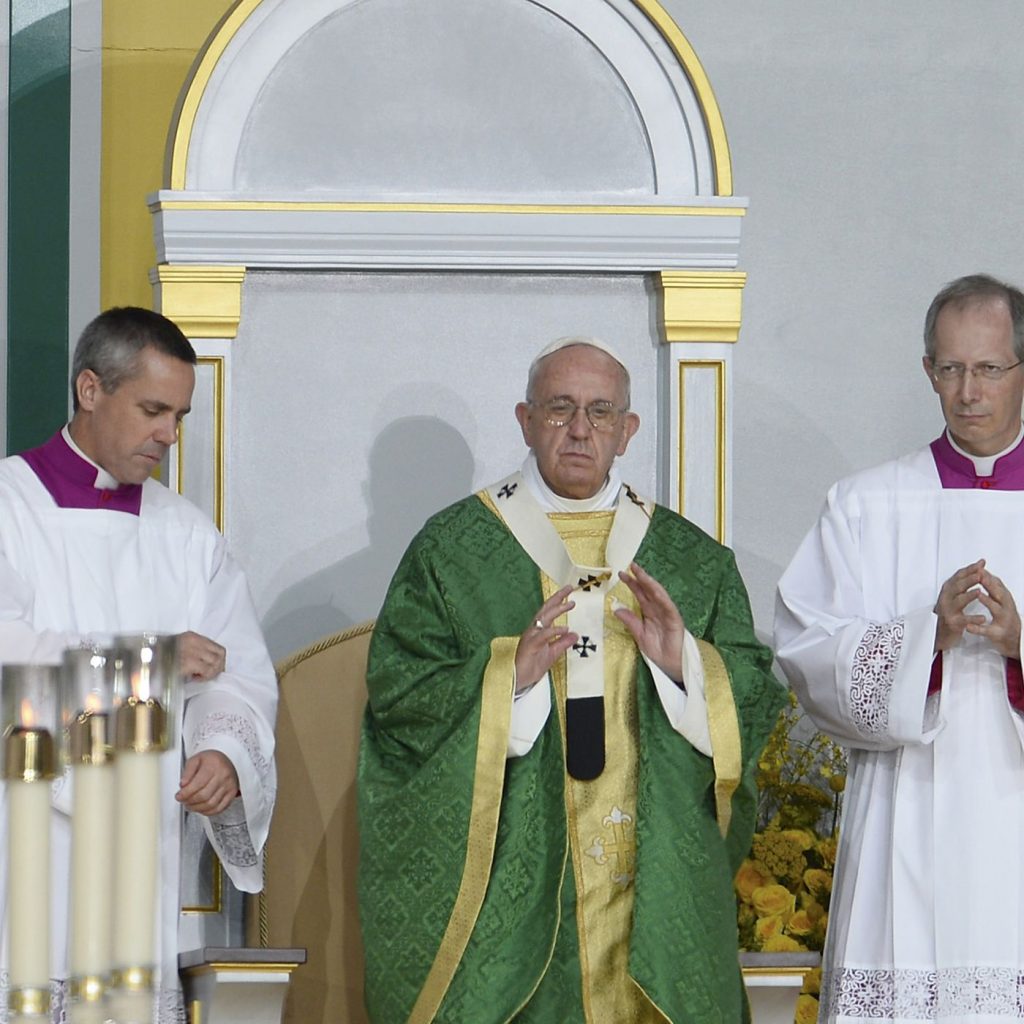
In contrast, the Orthodox Church does not believe in purgatory. It recognizes heaven and hell, but does not believe in an intermediate state dedicated to the cleansing of sinful souls. This difference in belief is rooted in divergent understandings of salvation and the afterlife.
4. The Role of Mary: Varying Views
While both the Catholic and Orthodox Churches hold Mary, the mother of Jesus, in high regard, their beliefs about her differ in several aspects. Catholic doctrine teaches the Immaculate Conception of Mary, which asserts that she was conceived without original sin and remained sinless throughout her life. In contrast, the Orthodox Church holds that Mary was conceived and born in a state of sin, although she is revered as the most important saint in their tradition.
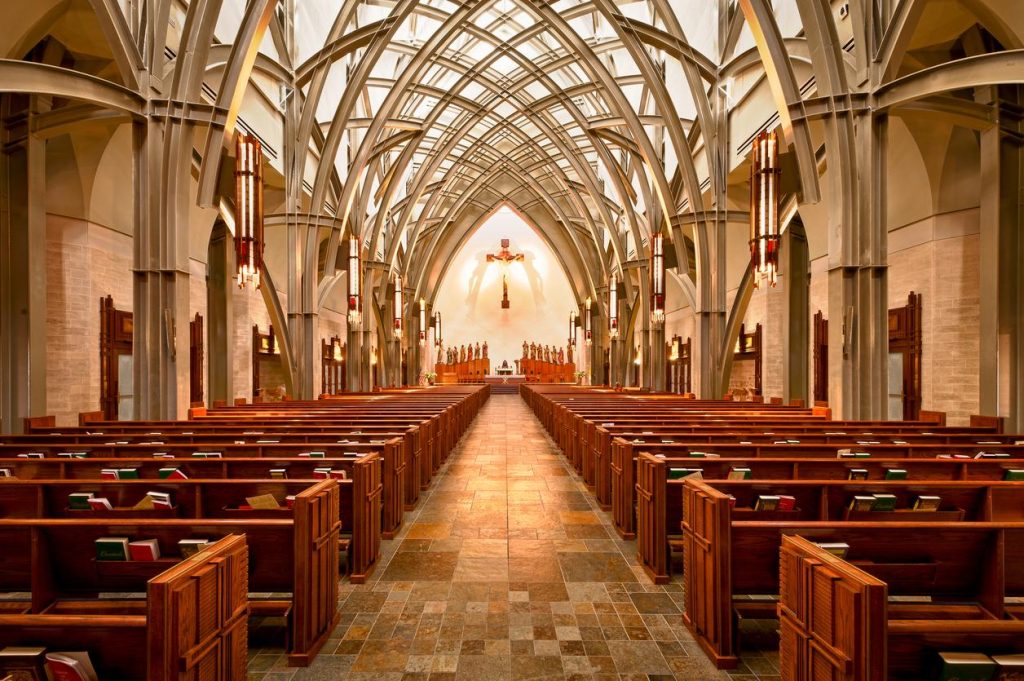
The two branches also differ in their beliefs about the nature of Mary’s passing. The Catholic Church teaches the Assumption of Mary, which asserts that she was taken bodily into heaven. The Orthodox Church believes in the Dormition of the Theotokos, the belief that Mary peacefully fell asleep in the Lord and was then bodily assumed into heaven by her Son.
5. Papal Supremacy: A Matter of Authority
The role of the Pope is a significant point of divergence between the Catholic and Orthodox Churches. The Catholic Church recognizes the Pope as the Vicar of Christ and the head of the Church, with supreme authority over the universal Church. In contrast, the Orthodox Church rejects the primacy of the Pope and emphasizes the conciliar nature of the Church, where all bishops are equal in authority.
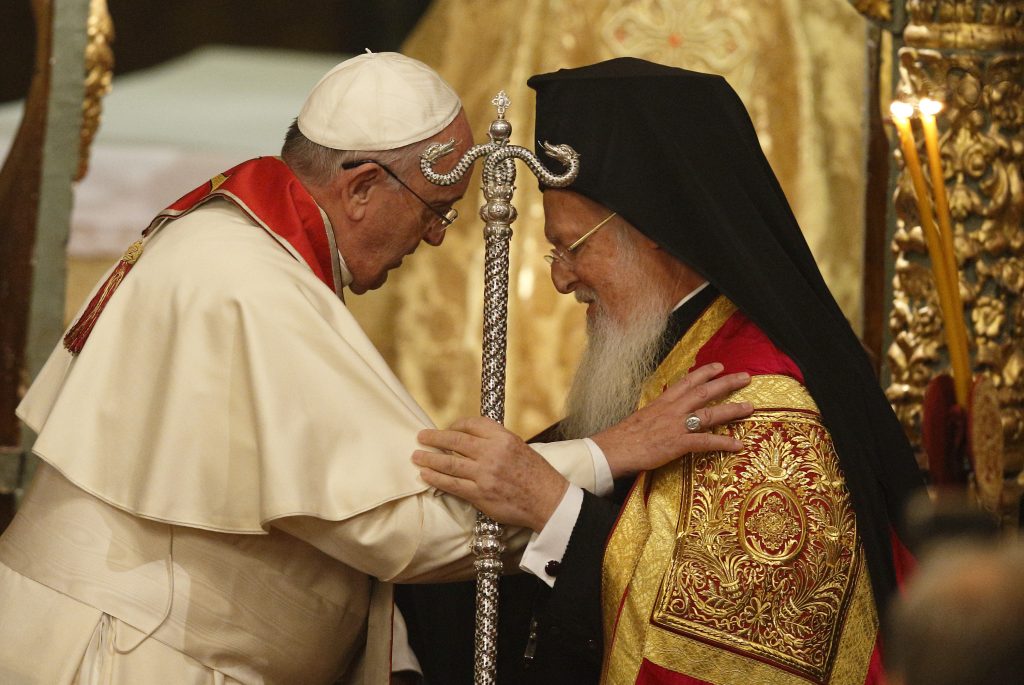
Orthodox theologians argue that the Pope’s authority, as defined by the Catholic Church, undermines the collegiality of bishops and the unity of the Church. They see the Pope’s claim to universal jurisdiction as an obstacle to reunion between the two branches. In contrast, Catholic theologians contend that the Pope’s role as a unifying figure and the ultimate authority in matters of faith and morals is necessary for maintaining the unity of the Church.
6. Iconography and Aesthetics: Divergent Practices
The use of religious icons and aesthetics in worship is another area where the Catholic and Orthodox Churches differ. The Orthodox Church views the veneration of icons as a continuation of the biblical and apostolic tradition of honoring holy figures and sacred objects. Icons are seen as windows into the spiritual realm, allowing the faithful to connect with the divine and the saints.
The Catholic Church, while recognizing the importance of religious images in fostering devotion, has historically been more cautious about their use. The Catholic Church emphasizes the importance of avoiding any hint of idolatry or superstitious practices. The use of statues and sculptures is more prevalent in Catholic churches, serving as focal points for prayer and meditation.
7. The Eucharist: Varying Rituals and Beliefs
The Eucharist, a central sacrament in Christianity, is approached differently in the Catholic and Orthodox Churches. While both branches believe in the real presence of Christ in the Eucharist, their rituals and theological understandings differ.
The Catholic Church typically uses unleavened bread in the Eucharist, consecrated by the priest during the Mass. The Catholic Church teaches the doctrine of transubstantiation, which holds that the bread and wine are transformed into the actual body and blood of Christ.
In contrast, the Orthodox Church generally uses leavened bread in the Eucharist, and its preparation and consecration involve specific prayers and rituals distinct from those used in the Catholic Church. The Orthodox Church teaches the doctrine of trans-elementation or metousiosis, which maintains that the bread and wine are transformed in a mysterious way into the body and blood of Christ while retaining their outward form.
8. Baptism: Differences in Practice
Baptism, the initiation rite into the Christian faith, is another area where the Catholic and Orthodox Churches have variations in practice. The most notable difference is the mode of baptism. The Orthodox Church generally baptizes by full immersion in water, while the Catholic Church typically baptizes by pouring water over the head.
Both branches employ holy oil, or chrism, in the baptismal ceremony. In the Orthodox Church, chrism is applied to the whole body, symbolizing the incorporation of the individual into the Church. In the Catholic Church, chrism is usually applied only to the forehead, representing the sealing of the Holy Spirit.
9. The Role of Saints: Synergy vs. Intercession
The veneration of saints plays a significant role in both the Catholic and Orthodox Churches, but their approach differs. Orthodox believers emphasize synergy, the idea that individuals cooperate with the grace of God and work in partnership with the saints for spiritual growth. The imitation of saints’ virtues and learning from their examples is central to this belief.
In contrast, the Catholic Church focuses more on the intercession of saints, seeing them as mediators between believers and God. While Catholics also recognize the importance of imitating the virtues of saints, the idea of synergy is not as prominent in Catholic theology.
10. Appearance of Clergy: Distinctive Styles
One noticeable difference between the Catholic and Orthodox Churches is the appearance of their clergy. Orthodox priests typically have long hair and beards, while Catholic clergymen are often clean-shaven with shorter hair. These distinctions in appearance are rooted in different interpretations of biblical passages regarding hair and beards. However, it is important to note that individual variations can exist within each tradition.
11. Priesthood and Marriage: Differing Practices
The permissibility of marriage within the clergy is another area of divergence between the two branches. The Orthodox Church allows married men to be ordained as deacons and priests, but bishops must be chosen from the monastic ranks and remain unmarried and celibate. In the Catholic Church, celibacy is generally expected of all priests, although certain exemptions exist.
12. Prospects for Reunion: Challenges and Possibilities
Over the centuries, there have been numerous attempts to reunite the Catholic and Orthodox Churches, but these efforts have not been successful. The issue of papal primacy remains a significant obstacle to reunion, as the Orthodox Church is unlikely to accept the authority of the Pope, while the Catholic Church sees the Pope’s role as essential to its structure and doctrine.
Despite the challenges, friendly bilateral relations between the two branches continue to exist. Interactions and gestures of goodwill, such as Pope Francis’s donation of fragments of the Parthenon to Greece, demonstrate a willingness to foster dialogue and understanding.
In conclusion, the Catholic Church and the Orthodox Church share a common history and many core beliefs, but they also have significant differences in theology, liturgy, and structure. The Filioque controversy, views on purgatory, the role of Mary, the authority of the Pope, iconography, and practices like the Eucharist and baptism all contribute to the distinct identity of each branch. While reunion remains a challenge, ongoing dialogue and mutual respect provide hope for greater understanding and cooperation between these two important branches of Christianity.
